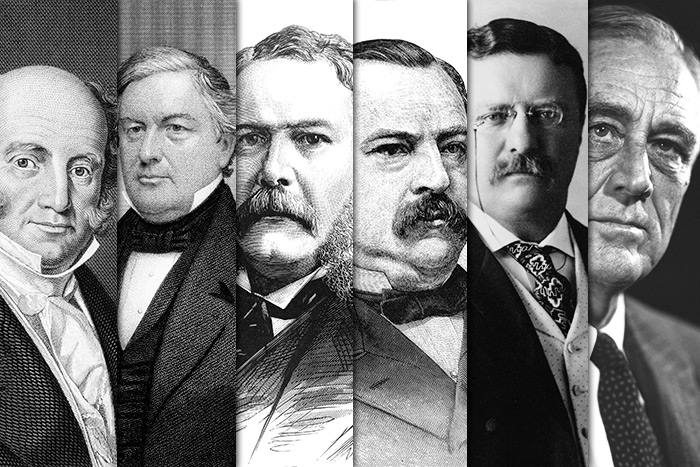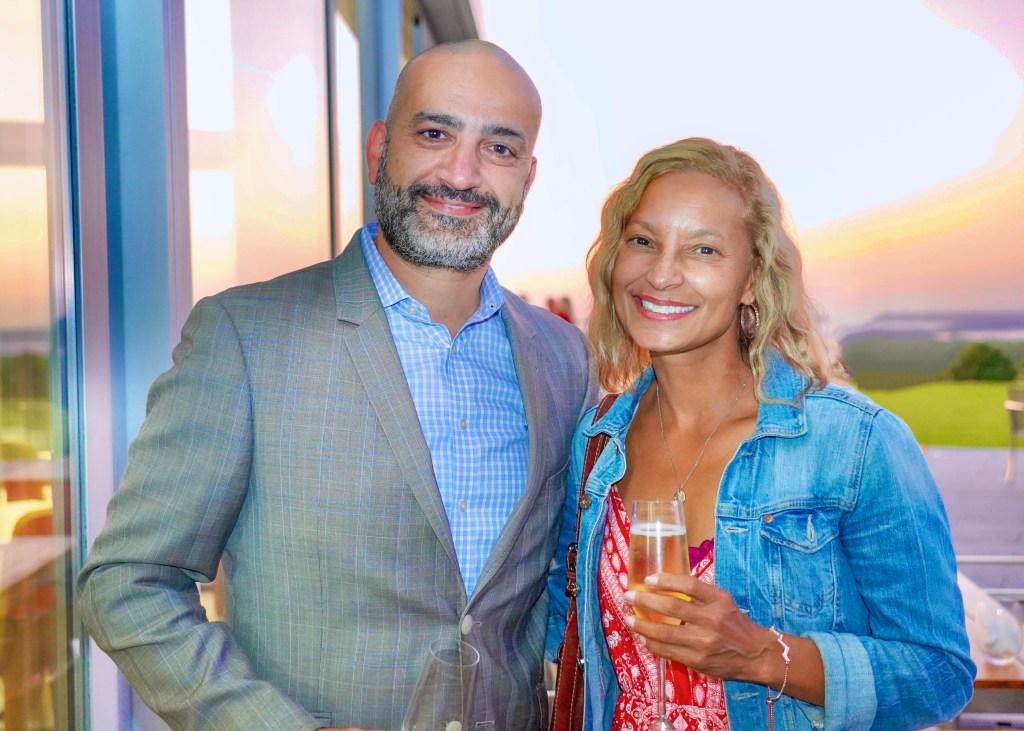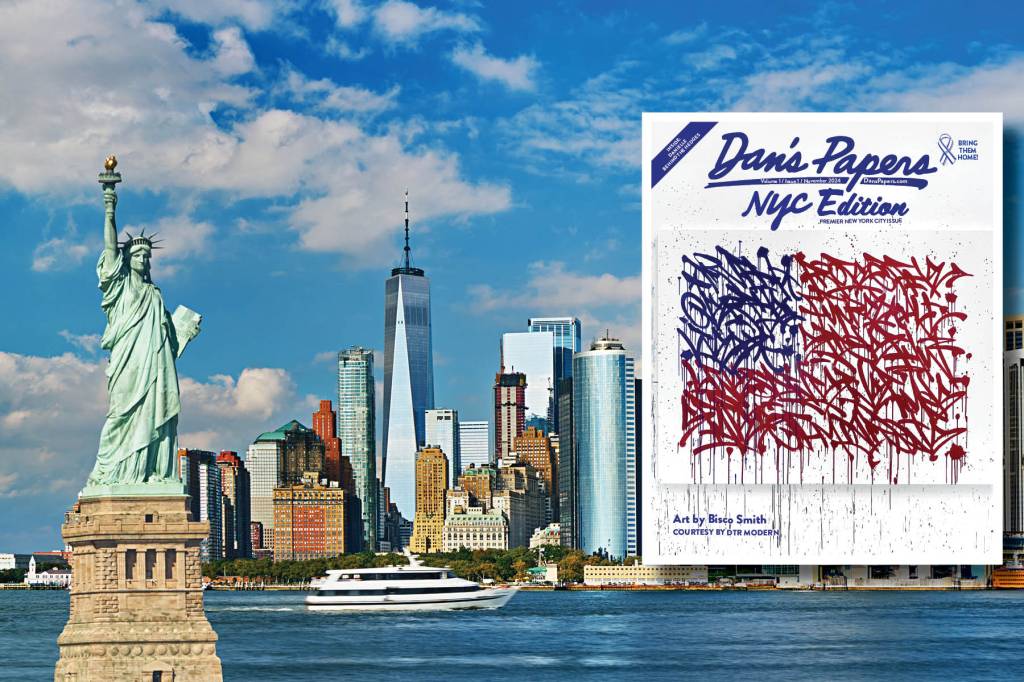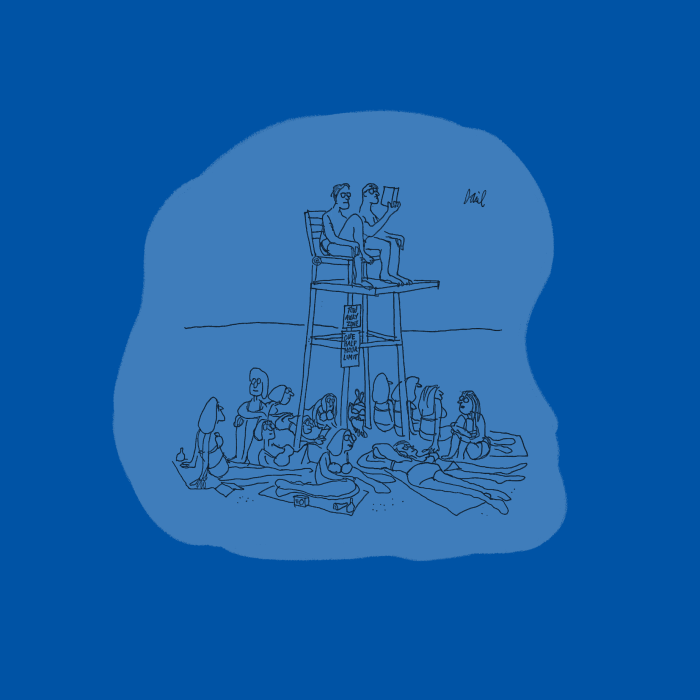NY Presidents: There Were Six, Soon to Be Seven

Unless matters take a strange turn, it now appears that the next President of the United States will be a New Yorker.
You probably don’t know this, but the State of New York has offered up more of its residents as President of the United States than any other state. The total right now is six. This will be number seven either way, Trump or Clinton, who are from New York City and Chappaqua in Westchester respectively. Clinton summers in East Hampton. Since we’ve had only 44 Presidents, seven being from New York speaks well for the good grounding we offer here.
The six who have come from New York so far were rather ordinary early on, but then fabulous in later years. The early ones were, in order, Martin Van Buren (1837–1841), Millard Fillmore (1850–1853), Chester Arthur (1881–1885) and Grover Cleveland (1885–1889) and (1893–1897). All four wanted to run to have a second term but were turned away. But Grover Cleveland did get a second term after the country discovered it was unhappy with the guy who followed him (who was not from New York).
In the 20th century, the New Yorkers who became President were Teddy Roosevelt (1901–1909) and Franklin D. Roosevelt (1933–1945), both ranked by historians as among the top five best Presidents we’ve ever had. Both got second terms. FDR got a third and fourth term. In most Best President surveys, they are ranked three and four, right after Lincoln and Washington.
How will Donald Trump or Hillary Clinton do? Well, it’s the 21st century. We will just have to see.
Meanwhile, here are sketches of each of the first six. At the end of this article, I will comment on another 19th century President, John Tyler, who was not from these parts but did marry Julia Gardiner from East Hampton while in office. And for the 20th century, I will suggest we consider Bill Clinton as a New Yorker. He hails from Arkansas but is now an adopted New Yorker. And he’s often listed as one of our Top 10 presidents by historians.
MARTIN VAN BUREN
Martin Van Buren grew up in Kinderhook, New York. His parents spoke Dutch, and he is the only President we’ve ever had who spoke English as a second language. Born in 1782 as the country was forming, he became our eighth President in 1837. He was a lawyer, then a State Senator, then Governor of New York (for three months). Admired by President Andrew Jackson, he ran with Jackson as his Vice President and then, when Jackson retired, was elected himself as President. He supported slavery in the South even though he was a New Yorker, and tried to keep an evenhanded approach to the two sections of the country. He opposed the annexation of Texas, which would have given the country one more slave state. And he supported Spain when the Amistad, a Spanish slave ship taken over by its captives, dropped anchor off Montauk and was taken into custody and brought to Connecticut, where the Africans were put on trial. He wanted good relations with Spain. And Spain wanted their “cargo” back. But a court in Connecticut freed those slaves.
An interesting story about his ambivalence: As a younger man, he had a slave named Tom. When Tom ran away to Canada in 1814, Van Buren would not pursue him. In 1824, as a senator, Van Buren learned Tom was in Wooster, Massachusetts. Slaves were supposed to be brought back to their masters. At this point, New York State was just three years from renouncing slavery. But to assuage the South, Van Buren privately offered to sell him to the man who found him for $50, as long as the new owner would guarantee Tom would not be hurt while captured. It was a gesture not accepted, so Tom remained free, and for Van Buren, it got him through what would have been a political crisis.
MILLARD FILLMORE
Millard Fillmore is ranked as one of our worst Presidents—in one rating by historians, he’s #40 out of 44. He was born in the Finger Lakes region of New York, in Moravia, also became a lawyer and was a congressman from New York during the years Van Buren was President. After leaving Congress, he became the first chancellor of the University of Buffalo, and then, briefly, the Comptroller of New York State.
In the Presidential run up to 1849, he was plucked from his comptroller position to become the Vice Presidential candidate for Zachary Taylor, a general from Virginia and an ardent segregationist. It was believed that Fillmore, who was anti-slavery but not especially passionate about it, would help Taylor carry New York.
Taylor died of pneumonia just 100 days into his term, and now came Fillmore. During his Presidency he tried to evenhandedly negotiate a compromise between the slave states and the free states, in which California would be accepted as a free state, but Texas would be accepted as a slave state. He was all over the lot with this. When the bill was really well watered down, Fillmore said he’d only sign it if it were as earlier drawn. Congress was furious. The Whigs—he was a Whig—threw him out of the party.
Fillmore did better in foreign affairs. He fended off Napoleon III’s determination to take Hawaii. He bankrolled Matthew Perry’s expedition to Japan to open trade there. And he opposed a fiery revolutionary from Cuba, who wanted to have the United States help free Cuba from Spain, which allowed slavery, so it could become an American state allied with the South—with slavery.
When he wanted to run for a second term, the Whigs rejected him. A slogan about him was “God Save Us from Whig Vice Presidents.” He retired.
CHESTER ARTHUR
Chester Arthur ranks about in the middle of the list of Presidents. He was born in Vermont, grew up in upstate New York and graduated Union College as president of the debating society. He then became a lawyer with a practice in Manhattan. He was appointed as Collector of the Port of New York in 1871, a position that left much room for patronage, and in 1878 was fired by President Rutherford B. Hayes as part of a plan to reform the federal patronage system in New York. In 1880, James Garfield won the election and became President. Chester Arthur was his Vice President.
Six months later, Garfield was assassinated, and Arthur took up the cause of national financial reform, which, apparently, he felt he knew a lot about having been in the middle of it for years. He vetoed a bill for expenditures for a Rivers and Harbors Act and ordered cash for a more modern Navy.
He became ill during his first term and didn’t do much else. At the end of his term, he made a faint effort at wishing to run for re-election, but he was done. He died only a year after leaving office.
“No duty was neglected in his administration and no adventurous project alarmed the nation,” Mark Twain wrote of him.
During Arthur’s run for Vice President, a political opponent named Arthur P. Hinman accused him of being born in Ireland, which was untrue. When that was shown to be inaccurate, Hinman said Arthur was actually born in Canada. That was also untrue. Arthur was an American citizen eligible to be President.
GROVER CLEVELAND
Born and raised in New Jersey, Cleveland today is considered a New Yorker because his family moved here when he was 4 and he spent his entire professional life in this state, first as an attorney, then as Mayor of Buffalo, where he gained a local and then a national reputation as a graft and corruption killer in that city. Virtually begged to run for Governor of New York as a Democrat in 1880, he did and won the election by the widest margin ever. He fought Tammany Hall and he fought millionaires. But he also fought for what he thought was right.
In his first year in office he vetoed a bill that would have reduced the fares on New York City’s elevated train system. He argued that millionaire Jay Gould had helped the service through hard times and should be rewarded the raise in price he was requesting. He lost that fight but won a good reputation. Teddy Roosevelt, who at that time was a reform-minded Republican in the State legislature, worked with him to fight Tammany Hall. In 1884 he was elected President after a bruising fight against Republicans supported by Tammany. His first term was noted for his reforms. He reduced the size of government, refused to fire Republicans from plum government jobs unless they deserved it. He vetoed hundreds of slush fund bills that came to his desk passed by his Republican-led Congress. He reduced tariffs and fired up trade. In foreign affairs he was cautious. He refused to promote what would have been a Nicaraguan Canal. He emphasized self defense and modernization of an outmoded military. He had many coastal forts built.
Cleveland also opposed integration, considering the Reconstruction of the South after the Civil War a failed experiment. He didn’t hire any African Americans to important government positions. Further, he supported laws preventing Chinese immigrants who went home to return to America. He also decided Native Americans should be wards of the state and encouraged them to assimilate into white society or be put on reservations.
Considered a monetary expert for all his focus on it, he ran for a second term against Benjamin Harrison, a non–New Yorker, and lost, but then, facing him four years later after the country suffered great tariff increases making everything more expensive, he won his second term. That term, however, was marred by an economic collapse, the Panic of 1893, which began shortly after his inauguration. A group of out-of-work laborers camped on the White House lawn and had to be forcibly removed. Pullman car workers went on strike in Chicago and Cleveland had to send in the troops to break it up.
Cleveland also had to contend with an attempt to bring Hawaii into the American fold as a territory in spite of its Queen’s resistance. He did it anyway. Altogether it was a volatile second term. Cleveland is considered an effective President about in the middle of the pack as far as ratings go.
TEDDY ROOSEVELT
Teddy Roosevelt was born into a wealthy New York City family that summered in Oyster Bay at Sagamore Hill and that then sent him to Harvard and Columbia Law School. He became our President in 1900 and is the only President from New York on Mount Rushmore (the others being Thomas Jefferson, Abraham Lincoln and George Washington). He is considered one of the greatest Presidents this country has ever had.
As a young man, Roosevelt, in spite of his being ill with a severe case of asthma, presented himself as an athlete, a hiker and a man of great vigor. He was an amateur boxer. As with many wealthy young men of that era, he went into politics and soon was the Commissioner of Police for the City of New York, where he vigorously fought police corruption. He served in the State Assembly, then became the Assistant Secretary of the Navy, and when President McKinley attacked the Spanish in Cuba, Roosevelt got the idea to send American warships to the Philippines, where they surprised and sank the entire Spanish fleet. Thus Spain was prevented from reinforcing Cuba and staving off the American assault.
To be part of that war effort, Roosevelt resigned his Navy post and, contacting his friends from Harvard, organized a horseback volunteer cavalry known as the Rough Riders. In Cuba, Roosevelt led his cavalry on the charge up San Juan Hill, in the face of enemy fire, that broke the back of Spanish resistance. After the Spanish surrendered, the American Army was ordered home for maneuvers and rest at Montauk, where they stayed living in tents for two months. President McKinley visited Roosevelt here, and while here Roosevelt became a full-fledged war hero.
A year later, Roosevelt ran for Governor and won, announced he would end graft, and eventually President McKinley had him kicked upstairs to be his Vice Presidential candidate for the election of 1900, which McKinley and Roosevelt won in a landslide. Six months after the inauguration, McKinley was assassinated in Buffalo and Roosevelt became President.
Roosevelt was a whirlwind President full of new ideas. From 1900 to 1908, Roosevelt organized and dramatically expanded and added to our National Park system, pursued an aggressive foreign policy staving off any attempts by the governments of Europe to take over countries in the Americas. His slogan was “Speak softly and carry a big stick.” Tycoons became outrages when he created the national income tax. He spoke vigorously about self reliance, love of country and the expansion of the west, and also found time to go on safari in Africa.
Arriving at the completion of his second term, he recommended his Secretary of War, William Howard Taft, as his successor, but after seeing what Taft did to his reforms after winning the election, Roosevelt founded the Bull Moose Party in an effort to take back the Presidency in 1912. His effort split the Republican party and resulted in the election of a nice Democrat named Woodrow Wilson, who, as it happened, was not from New York.
Roosevelt died young, at age 63, perhaps from the effects of a disease he had contracted while in Africa.
FRANKLIN D. ROOSEVELT
Franklin D. Roosevelt was also a wealthy Roosevelt, and was the fifth cousin of Teddy Roosevelt.
Roosevelt went to Harvard, became a lawyer, married Eleanor in 1905 and set up house on his family’s magnificent 200-plus acre estate in Hyde Park in Dutchess County, upstate. In 1921 developed polio, which put him in a wheelchair for the rest of his life.
Roosevelt became a state senator and then Governor of New York , and when the Crash of 1929 drove the country into its worst depression ever, he was approached to run against the Republican, Herbert Hoover, whose inattention to detail many people felt had caused the economic catastrophe. Roosevelt beat Hoover in a landslide in 1932, and, in spite of being a wealthy scion, enlarged the government with hundreds of new programs giving the unemployed jobs to get them through. His efforts sputtered for years, and then World War II broke out and America turned into a military arsenal for the creation of planes, ships and guns. In the end, America helped to break the back of both the Japanese empire and Hitler’s schemes for world domination while bringing America back into full production. FDR was elected to a total of four terms and, beloved by many, died while in office.
To these six, we might also consider President John Tyler, a slave-owning Virginian who was Vice President when, in 1841, President William Henry Harrison died of pneumonia 30 days after his inauguration. Tyler was pretty incompetent in office, and angered his Whig party enough so they threw him out of the party during his Presidency, but he did preside over the Annexation of Texas.
His wife died while he was in office. Shortly thereafter he fell in love with the beautiful 22-year-old daughter of the prominent East Hampton and Manhattan lawyer and New York Senator David Gardiner, and, in spite of being 32 years her senior and being rebuffed by her parents, married her in office. She became one of the very first celebrities in America—songs were written about her, her image adorned magazine covers, etc. And, after Tyler left office, she bore him seven children to add to the eight he had by his late first wife. The family was seen in East Hampton on occasion, visiting her family here in the summer time.
Another President who frequented the East End was Richard Nixon. He wrote his nomination speech on the beach at Gurney’s. But California claims him as its own.
And now we have these two. One will prevail. We shall see what we shall see.









